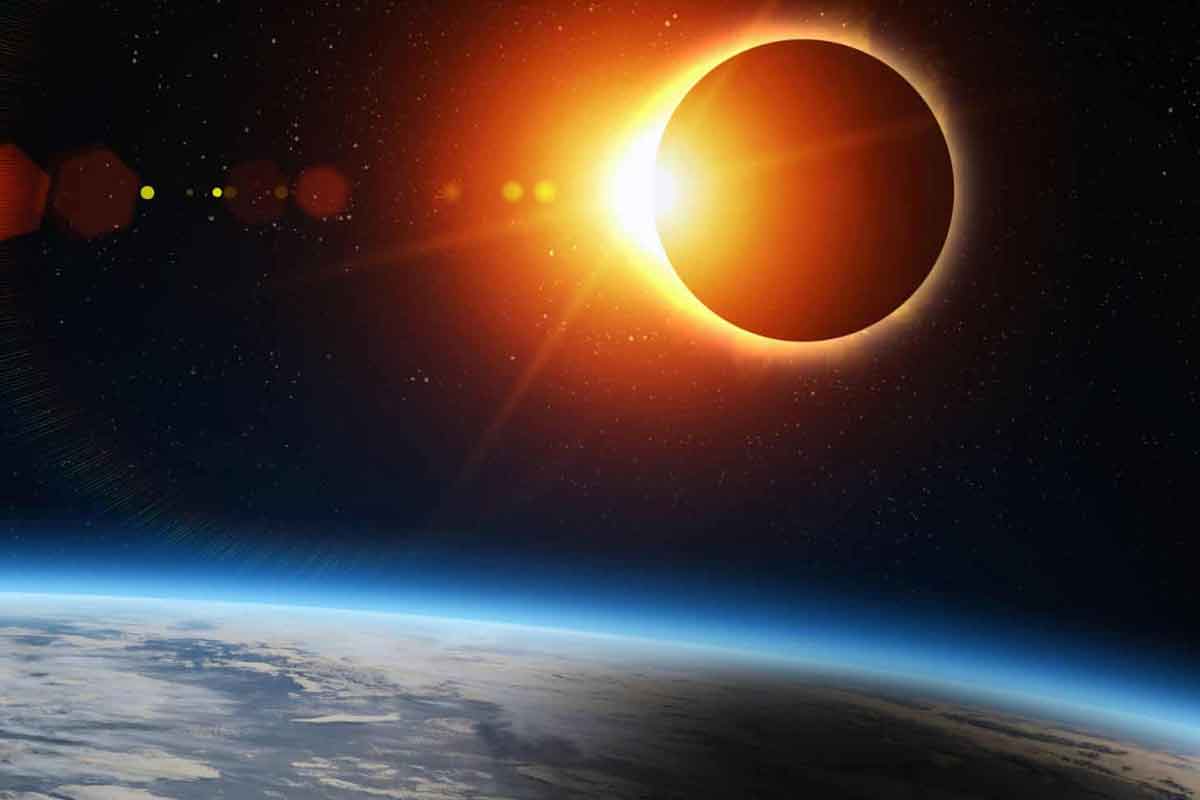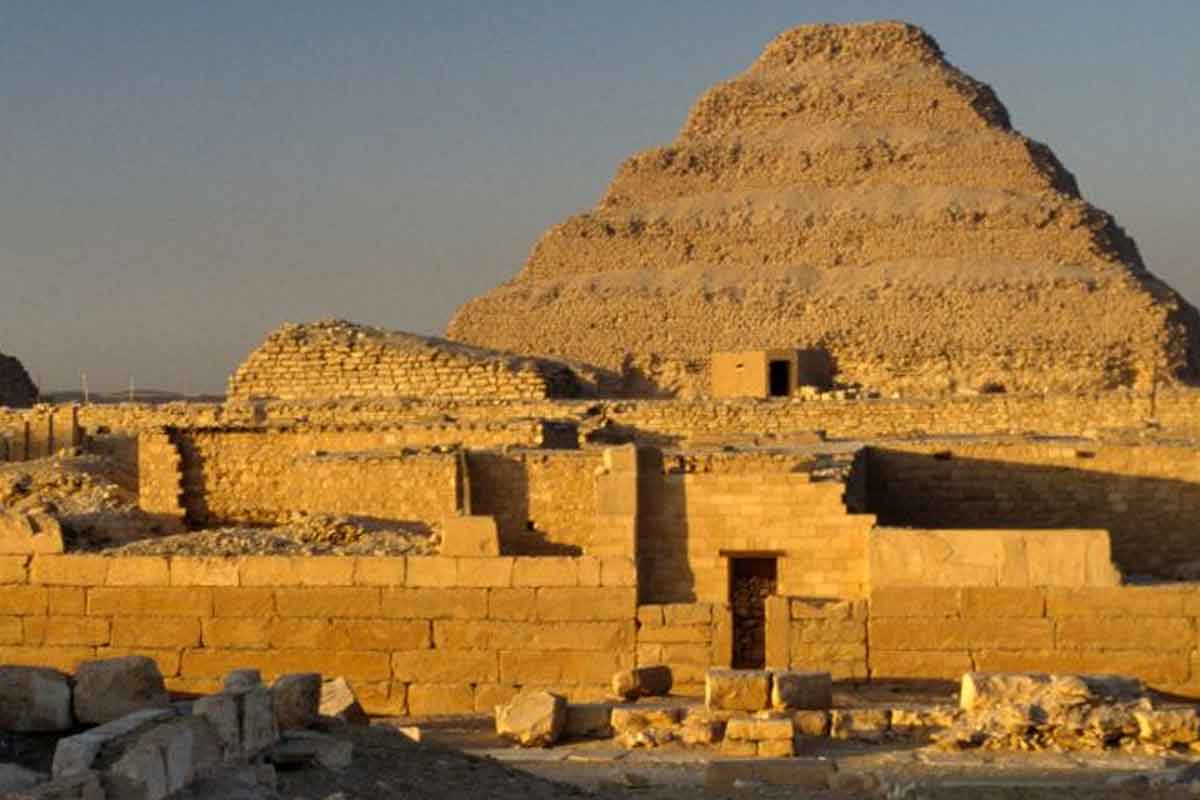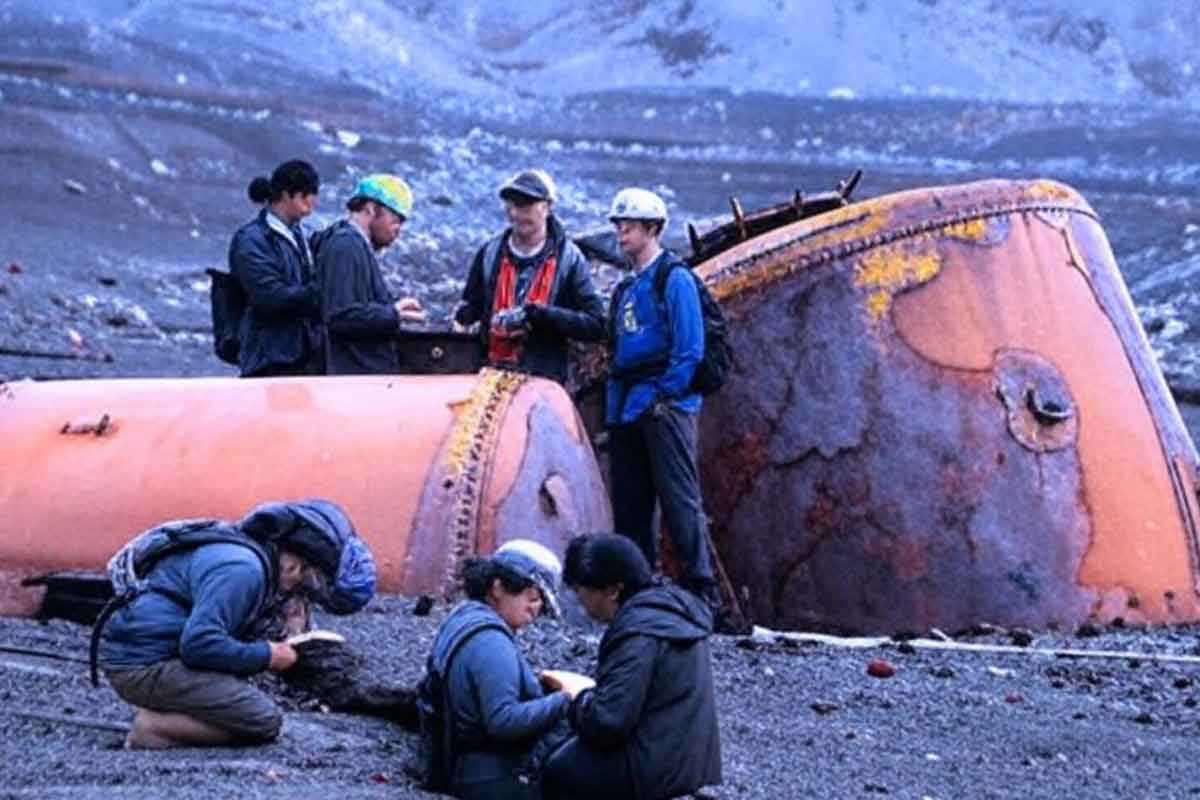A hush will sweep across daylight as the sky dims and stars press through the noon. The longest totality of our era is on the horizon, and millions will chase its narrow shadow. This moment will be brief, yet it will feel vast because a Solar Eclipse rewires time, color, and sound. Expect temperature to dip, birds to falter, and crowds to fall silent while the Moon’s umbra turns day into velvet night.
What Makes This Solar Eclipse So Rare
A total eclipse happens when the Moon lines up perfectly with the Sun and Earth, masking the solar disk for those inside the path of totality. Outside that corridor, daylight only softens. Inside it, the Sun’s corona blooms, stars emerge, and the world falls into an eerie, moving twilight that lasts precious minutes.
This event has earned the name “Great North African Eclipse” because its longest land durations sit there. The phenomenon spans continents while skipping others, and that contrast heightens the sense of rarity. North America won’t see totality this time, though a sliver of Newfoundland will catch a brief partial phase as the shadow skirts the Atlantic edge.
The track starts over the North Atlantic, then reaches land in southern Spain along the Costa de la Luz before touching Gibraltar. From there, the umbra races into North Africa, crossing Morocco, Algeria, Tunisia, Libya, and Egypt. The corridor then runs toward the Arabian Peninsula and onward across tropical waters.
From Spain to the Red Sea: The Complete Track
Circle the date: August 2, 2027. Landfall comes first to Andalusia, where beach towns along Cádiz and Tarifa see the Moon’s shadow sweep in from the ocean. Gibraltar sits at the gateway, offering a dramatic first land view. Along this wavefront, totality is shorter, yet still long enough to leave hearts pounding.
As the shadow arcs south, it deepens across North Africa. Morocco and Algeria fall under the umbra, then Tunisia and Libya. Egypt holds the record stretch on land, peaking near 6 minutes and 22 seconds. Luxor and Berenike sit near the sweet spot, where darkness lingers and the horizon glows like a ring of dusk around you during the Solar Eclipse.
After Egypt, the path continues through Saudi Arabia and Yemen before brushing parts of East Africa. It then heads over warm seas and fades near the Chagos Archipelago in the Indian Ocean. All told, the corridor puts roughly 89 million people within reach of totality, if clouds and logistics align at the right moment.
Best Ground Spots for Safe, Stunning Views
Luxor represents the premier destination for observers. Anticipate approximately 6 minutes and 20 seconds, monument outlines, and an expansive arid vista that amplifies the corona’s presence. With Karnak, Luxor Temple, and the Valley of the Kings proximate, the encounter merges historical structures, contemporary exploration, and a celestial event transcending any schedule.
Travelers seeking the Solar Eclipse with milder weather can target Tunisia. Sfax promises roughly 5 minutes and 41 seconds, which is extraordinary by any measure. Coastal breezes, decent road links, and fewer dust intrusions help. Because summer heat still bites, early planning for shade, hydration, and cool rest windows becomes part of the success plan.
In Europe, southern Spain offers a strong mix of access and spectacle. Tarifa and Cádiz approach about 4 minutes and 39 seconds, an impressive span for viewers who prefer shorter travel. Gibraltar gives a singular first-landfall perspective, though totality is briefer. Even so, the rock, the sea, and the speeding shadow create an unforgettable entrance.
Travel Windows and Weather for the Solar Eclipse
Heat and haze shape viewing in North Africa. Egypt can run scorching in August, and desert dust may rise with afternoon winds. Because comfort affects patience, plan shaded setups, wide-brim hats, and water logistics. When comfort holds, focus sharpens, and you notice details like Baily’s beads and the chromatic petals of the solar corona.
Tunisia’s coastal belt tends to feel gentler, while still warm. Sea air can temper extremes, yet humidity and thin cloud layers can drift in. Spain’s Atlantic influence adds variability, so flexible positioning matters. Local microclimates change rapidly, and small relocations can improve skies. Booking refundable rooms near highways raises your odds without straining budgets.
Timing lives in the details. Precise contact times help frame photos and safekeeping breaks, and planning to the second reduces stress. Guides such as Time and Date provide reliable contact schedules and path maps, so your field plan stays tight even if traffic or crowds swell. Print backups, since reception often fades when masses gather.
Why Six Minutes: Orbital Mechanics, Speed, and Shadow Geometry
Eclipse length hinges on geometry. When the Moon sits near perigee, its apparent size grows and the umbra widens. Because Earth’s rotation and the Moon’s motion sometimes align just right, the shadow lingers longer over ground, stretching totality. Near the equator, ground speed helps, keeping night-in-day over you for precious extra beats.
This is the longest total solar eclipse on land between 2009 and 2114. Expect a brilliant diamond ring at second and third contact, then beads as sunlight threads through lunar valleys. Protect vision at every partial phase using ISO 12312-2–compliant glasses. Remove filters only during totality, then replace them the instant the bright crescent returns.
Photographers should bracket exposures to catch coronal streamers and possible prominences. Stabilize with a tripod and use a certified solar filter for every partial moment. Because of the path’s breadth and the event’s stakes, choose redundancy: spare glasses, batteries, and printed maps. This Solar Eclipse rewards those who prepare for both wonder and weather.
Plan early and protect your eyes for unforgettable totality
The stage is set for six minutes that will echo for years, and the path invites careful choices. Pick a spot within totality, build a timeline, and pack safe optics. Because a Solar Eclipse mixes science with awe, it asks for both precision and openness. Step into the shadow, then carry its quiet with you.







